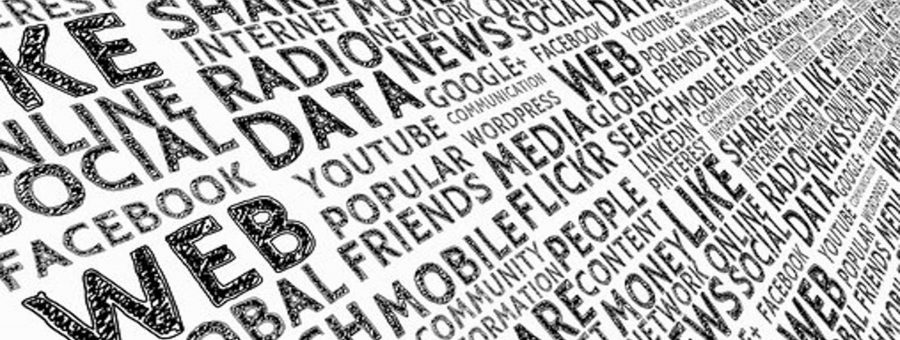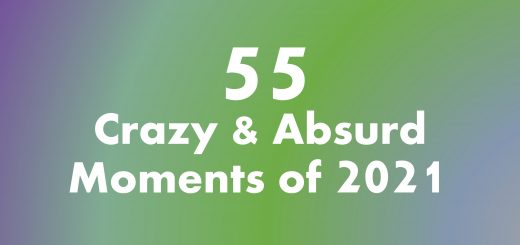Five Simple Rules for Unbiased News

Shôn Ellerton, July 28, 2020
Reliable and trustworthy sources of news can be created by following five simple rules.
I am one of many that gets terribly frustrated at the wide range of biases held by so many news outlets, many of which are generally held in high esteem for allegedly being non-biased. For many, the choice of news coverage to read or view, especially by those who want to share on social media, is carefully curated to ensure the bias of the story in question fits the narrative. I expanded more on this topic in a previous article I wrote titled The Quest for Better News.
This article runs through what I consider five essential rules that all news agencies should adopt to be as unbiased and informative as possible.
Rule 1 – Cover Multiple Sides of the Story
This rule is fundamental in providing a much bigger and informative picture rather than providing a tunnel-vision approach by covering only one side of the story. This rule is seldom easy to follow as it requires the ability to shrug off dissenting readers who might take offence to reading news taken from an entirely different viewpoint. The ethos of the news outlet must take the principle that being the purveyor of high quality and unbiased news must override the leanings of the readers’ wants. Most consumers of news want their news sources to align with what they want to hear. However, there are those that seek sources of news that offer factual and objective reporting regardless of what side it was taken from; however, this group of people represents a much smaller proportion. There are news sources which exhibit a highly multifaceted viewpoint, even on controversial topics, but they are few and far between. On interviewing, the challenge is to bring opposing sides to the same table to discuss and debate in a safe and comfortable environment. Unfortunately, there will always be the case of not being able to bring all parties to the table because one or more will take the easier approach of only participating with likeminded parties. This reminds me of the dog park, those fenced off areas where owners of dogs let loose their dogs to play and get some exercise. Seldom have I seen two dogs attacking each other in one of these parks because it is deemed as a safe space allowing the dogs to let down their guard.
Rule 2 – Be Neutral and Polite
This is such a simple rule to follow but it is so often broken. I understand that it is human to display unconscious bias and I also understand that it is probably impossible to eradicate unconscious bias. But surely, if an interview between parties of vastly different opinions takes place, is it not essential that the host or moderator displays little or no opinion? Following on from Rule 1 above, a host or moderator taking sides in a debate must be avoided because this will create an unsafe space leading to mistrust and bias. Politeness is very important as well. Interviewers who constantly interrupt their guests are rude, disengaging and difficult to work with. Difficult questions may be asked during interviews, and often, the person being interviewed may be ‘put on the spot’ and unable to answer the question directly. An interviewer who incessantly tries to get a direct answer on a difficult question should know when to stop. The intent of taking this strategy is often to ‘punish’ and shame the interviewee for not answering the question or to demonstrate that person’s lack of capabilities of answering the question. It is divisive, counterproductive and of a bullyish nature. Finally, all journalists working for the news outlets should be encouraged to be as neutral and objective as possible and must never feel compelled to publish stories with a specific bias or a narrative.
Rule 3 – Never Accept Payment or Benefits in Return for News Bias
Many news sources rely on funds from those who use them to add impetus to a specific narrative or a political leaning. This lobbyist-like behaviour is highly damaging to the credibility of news coverage, particularly so, when so many consumers of news are completely susceptible to it. Some of the heavyweight mainstream news outlets are highly reliant on this form of funding, so much so, that contrarian views are seldom, or if at all, entertained. Breaching this rule constitutes the most dangerous threat because it can polarise so many news consumers, many of which may share openly on social media. Revenue is, of course, important for the news industry, but there is a balance to be maintained. Advertising is one of the key generators of revenue, but it is prudent to ensure that what is being advertised does not generate bias to the news story.
Rule 4 – Refrain from Selective Editing
Editing material, for the sake of time constraints is one thing. But editing for the sake of inducing bias is another. Some things to consider here. If an interview lasts for an hour or longer, this is often going to exceed the attention span or time available by the viewer. If editing is required to make the interview shorter, it is important to exercise fairness to all those who take part in the interview. With YouTube and other video platforms available, it is important to offer a full unabridged version and this should be pointed out in the edited version to make the viewer aware of it. With interviewing people ‘on the spot’, always take the courtesy to broadcast the entire conversation. The context of what people say can be dramatically altered by simple omission. Lastly, when publishing photographs of people, be professional and dignified about it. Publishing an unflattering photograph of someone you personally do not like and then to publish a great photo of someone you do like is showing prejudice. Some of us may ‘look past’ this infraction as just a photograph, but many, unfortunately, will be led into this simplest of traps.
Rule 5 – Don’t Get Emotional
This rule is not about having to be straight-faced or that it is unprofessional to laugh and have a bit of a banter during the newscast. For example, it is often the case that breakfast TV is a little more ‘light-hearted’ than the evening news. The rule I am illustrating here is of displaying one’s own emotion on a piece of news coverage. For example, saying that something is disgraceful or showing facial expressions of disgust will often be considered an abject display of emotion designed to create bias in the viewer. Most viewers are highly susceptible to this tactic, and hence, it is important and professional to refrain from displaying too much emotion or using excessive body and facial language.


